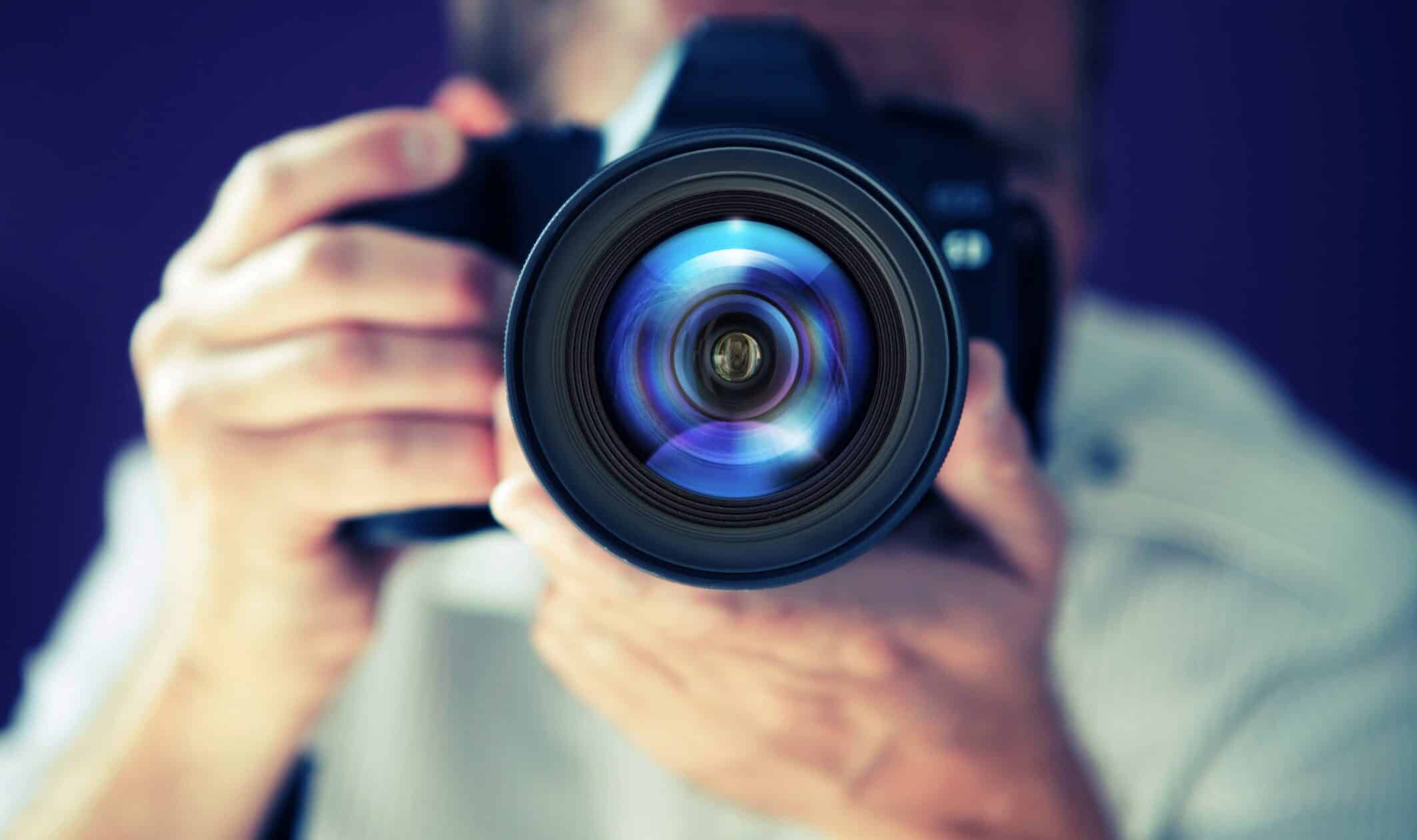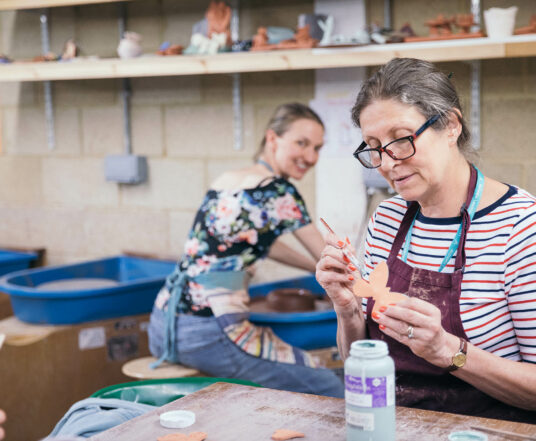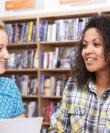

Digital Photography for Beginners
Course overview
Just bought a DSLR or bridge camera and feeling a bit overwhelmed by all the buttons? Or maybe you’ve had your camera for a while but find yourself stuck on Auto, not quite getting the shots you imagined?
This beginner-friendly digital photography course is designed to help you take full control of your camera and your creativity. Over four relaxed and practical sessions, you’ll learn how to move away from automatic modes and start shooting with confidence — understanding light, settings, and composition to create photos you’re truly proud of.
You will learn about:
- Understanding your camera settings — what they do and when to use them
- Exploring the different shooting modes: Programme, Aperture Priority, Shutter Priority, and Manual
- ISO — how and when to adjust it
- The Exposure Triangle — how aperture, shutter speed, and ISO work together
- White Balance — making sure your colours are accurate
- Camera menu functions (specifics may vary by camera model)
- How to create depth of field (that beautiful blurry background effect)
- The difference between image quality settings: JPEG, RAW, and TIFF, and how resolution affects your photos
- Lens choice and focal length — understanding how different lenses impact your images
Whether you want to capture family memories, take better photos on holiday, or start a new hobby with purpose, this course will give you the skills and support to get started.
When you’re ready to keep developing your skills, you can move on to our intermediate course: Digital Photography – The Next Step.
You will learn about:
- going through your camera settings, what they do, when you might use them
- the different shoot modes (program, aperture priority, shutter priority and manual)
- ISO
- what is the exposure triangle
- white balance
- camera menu functions (varies camera to camera)
- how to achieve depth of field (that blurry affect)
- the difference between ‘quality choice ‘ Jpeg/ RAW / TIFF ‘ and resolution
- lens choice and focal length
This is a very hands-on, practical course. You will need to bring your own camera (a digital SLR is essential).
The course helps you develop the creative use of your camera. It will involve some optional homework to fully benefit from the teaching. Access to a computer and printer is useful.
Please bring your digital SLR camera, with a memory card in and fully charged battery. A pen and notebook to jot down any notes might come in handy. The instruction manual (if you still have it) is sometimes useful to refer to in class.
Please wear suitable clothing and footwear for the prevailing weather conditions, as we may occasionally go outside for practical sessions.
Please note: You are welcome to bring along your own refreshments. There is a vending machine onsite, if required.
Develop your digital photography skills even further and join Digital Photography- The next step.
Alternatively enrol by phone quoting AC/M/PX371

Meet the tutors
We want our learners to feel welcome, safe and at ease when attending our classes, especially if this is your first time attending an adult education class or if you're coming back to education after a break.
If you're interested in one of courses, meet our tutors first! You'll see they have similar passions and interests and, most importantly, the right qualifications to help you make the most of your time and money.





